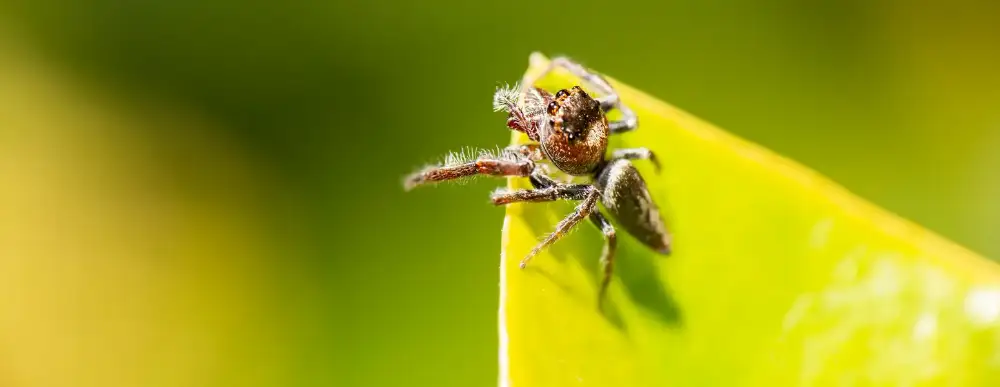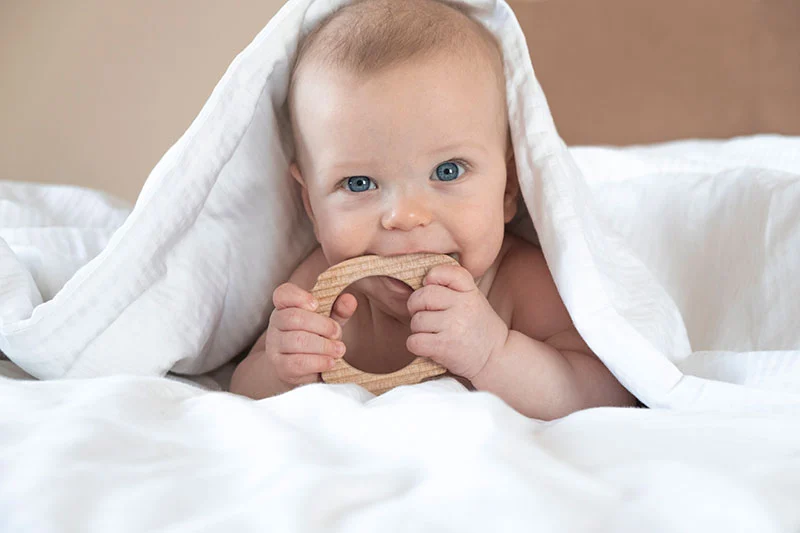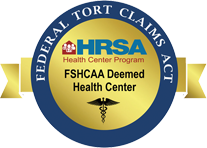Most spiders in the United States are not dangerous, but some can be deadly. It is hard to identify a spider bite unless you saw the spider that bit you. Sometimes you will not notice the bite until hours after it occurred. Spider bites often take longer than insect bites to heal and may affect skin tissues.
Things to look for are swelling, skin damage, a red welt, or similar abnormalities. Other possible symptoms of a spider bite are itching or rash, sweating, pain around the bite, muscle cramping or pain, headache, red or purple colored blister, difficulty breathing, nausea and vomiting, fever, chills, anxiety or restlessness, swollen lymph nodes, and high blood pressure.
There are things you can do at home for a nonvenomous (non-poison) spider bite. Apply ice off and on for ten minutes at a time, elevate the area to reduce swelling, take an antihistamine (like Benadryl) to help with the swelling, clean the bite area with soap and water to prevent infection, apply antibiotic ointment if a blister develops, and seek medical attention if symptoms develop or the symptoms don’t go away over time. Seek immediate medical attention if you suspect you have been bitten by a brown recluse, black widow, hobo spider, tarantula, or Brazilian wandering spider.
The brown recluse and Brazilian wandering spider are not found in Idaho. Black widow and hobo spiders are. The black widow likes secluded places like boxes or shoes. It is identified by its shiny black coloring and the red hourglass figure on its abdomen. A black widow bite can feel like a small pinprick or nothing at all. The skin’s reaction will be immediate, and you will be able to see two puncture marks on your skin. Black widow bites cause muscle cramping, headache, pain and burning at the puncture site, high blood pressure, nausea and vomiting, increased saliva and sweating, numbness, and restlessness.
The hobo spider sits up high on long legs and runs fast. They can be found behind furniture, in closets, under baseboards, and in window wells. They may attack when provoked so be careful when cleaning out things. A hobo spider bite may not be noticeable at first, but it can cause pain and numbness within fifteen minutes. After an hour it will turn red. After eight hours it will become hard and swollen, and after twenty-four hours, it may discharge fluids and turn black. Other signs may be a red or purple blister at this puncture site, vision or hearing problems, weakness, joint pain, headaches, nausea, and sweating. Treatment for a hobo bite works best if started within the first twenty-four hours and it may consist of corticosteroids, antibiotics, or even surgery.
Things we can do to avoid spider bites are to learn what dangerous spiders live in our area so we can avoid them; shake out and inspect gloves, clothing, and shoes that have been kept outside; use insect repellent on clothing and footwear; wear a long-sleeved shirt with pants tucked into long socks, and gloves when cleaning out sheds, gardens, basements, attics and crawl spaces. Don’t store items under the bed or let bedding drag on the floor, and if a spider is on your skin, flick it off rather than crushing it against the skin.
There are other types of spiders, in our area, that can bite but most do not have fangs big enough to tear the skin or their venom is not strong enough to have a significant effect on most humans. These include wolf spiders and jumping spiders. While these spiders are not toxic to humans, it is important to keep the site of the bite clean and dry and seek medical help if the site becomes infected.
There are some people who can have severe, even anaphylactic reactions to spider bites. Symptoms of an anaphylactic reaction include sever itching; swelling or redness; rash or hives; difficulty breathing or a wheezing cough; stomach cramps; rapid swelling of the tongue, lips, eyes, or throat; or loss of consciousness. People who experience these symptoms need immediate medical attention.
Candice Hutchins is an RN at the Health West Pediatrics clinic. She has been a nurse for seventeen years with most of her experience in Postpartum and well-baby nursery.








